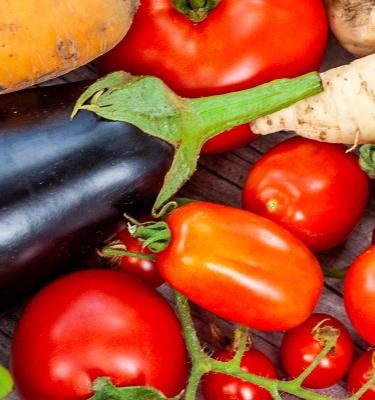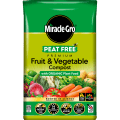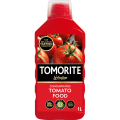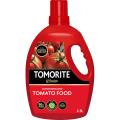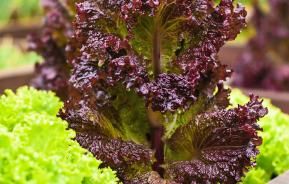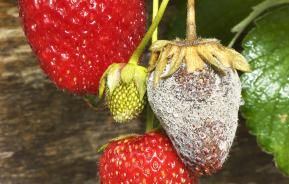If you fancy giving ‘grow your own’ a go but don’t think you have the outside space to spare or the know-how to get started then think again!
Fruit and veg plants are very adaptable and can be grown in a variety of ways - whether raised beds, pots, containers and more.
Giving fruit and veg a dedicated space to grow makes them easier to maintain, can produce masses of crops in a small space and can be a fabulous feature in your garden or home.
What you’ll need
- All-purpose compost or a vegetable and fruit planter.
- Container or location to plant - pots, troughs, containers, a dedicated space of flowerbed. Anywhere that gets good sunlight and that your plants will have room to grow and spread their roots. We've even seen herbs in big biscuit tins!
- Seeds or young plants.
- Fruit and vegetable plant food.
- Fork and trowel.
Step 1
Decide where you’re going to start your vegetable patch. Any unused corner of your garden will do as long as it is not in deep shade. You can also use pots near well-lit windowsills or on balconies.
Step 2
Once you’ve chosen the spot, it's time to get the soil ready.
If you’re using pots or containers, start to fill them just over halfway with the planter soil, breaking up any lumps you might find.
If you’re using a patch of bed or soil outside, break up the soil surface with a fork and fill with the compost and the contents of the planter. The Performance Organics range contains organic plant food and the perfect soil conditions to help your plants get the essential nutrients they need.
Step 3
Now you’re ready to get planting. Choose a selection of fruit and vegetables that you enjoy eating and plant as per the on-pack instructions - whether seeds or young plants.
Step 4
The compost will keep all plants fed for up to six weeks, but after that, you’ll need to give them a top-up with Fruit & Veg Plant Food.
In no time at all, you’ll be harvesting your own tasty home-grown fruit and vegetables!
Top tip
Don’t forget the flowers! Marigolds planted in among vegetables will help ward off pests and attract beneficial insects, while nasturtiums will make your plants look attractive and you can eat the flowers in salads.
